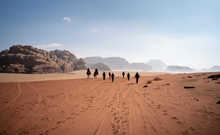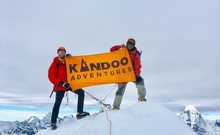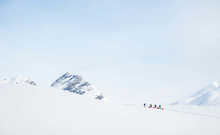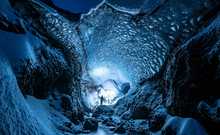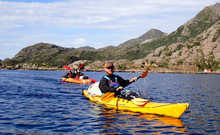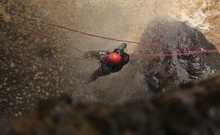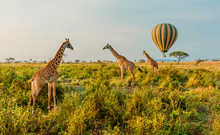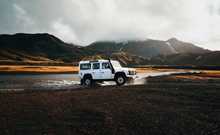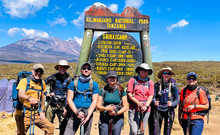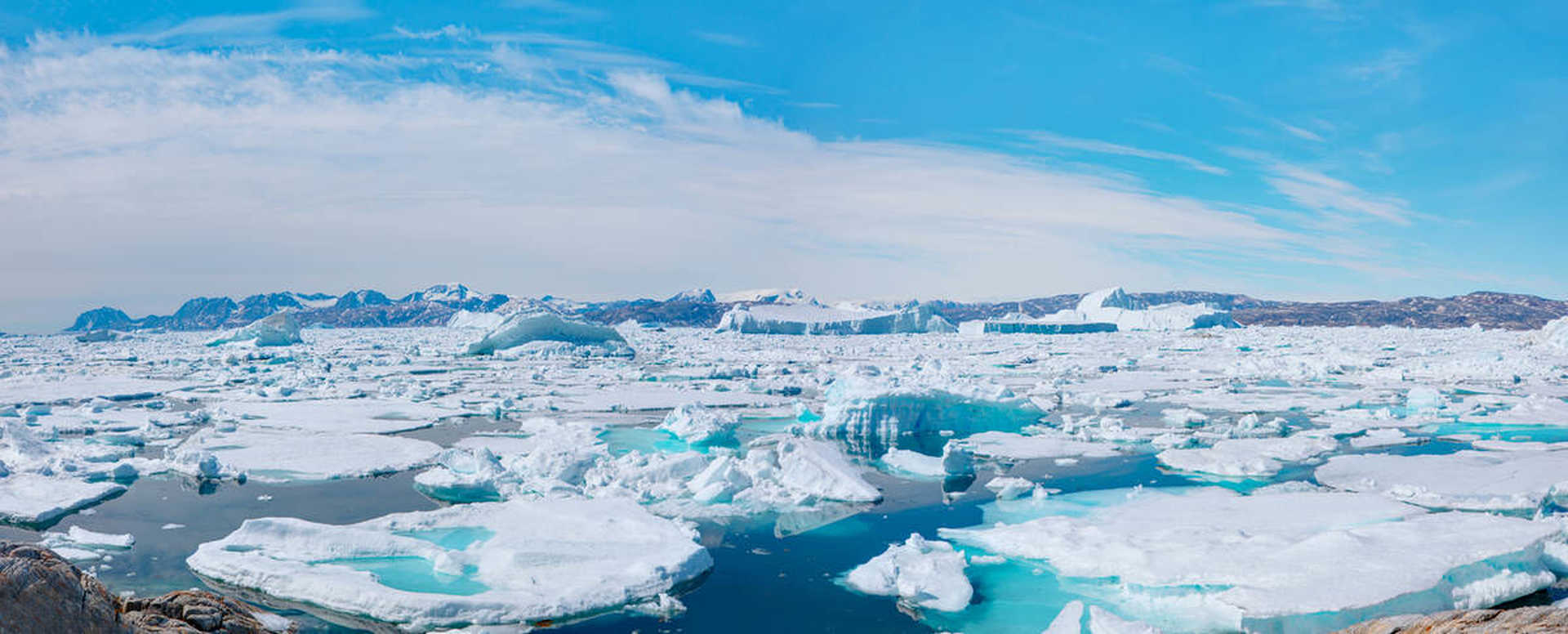Extreme adventures
Whether you’re an intrepid traveller who loves exploring the natural world or a thrill seeker searching for the next BIG adventure, the Earth’s poles await. The North Pole and South Pole are two of the most breathtakingly isolated places on the planet you can visit. Both of these wild frontiers face extreme conditions yet remain incredibly diverse. Each represents a tantalisingly challenging experience for those looking for a quest of epic proportions.
Jo from the Kandoo team said, “I had to keep pinching myself as I looked around at icebergs and the untouched landscape and remind myself I was actually in Greenland … and then we’d see a whale!”
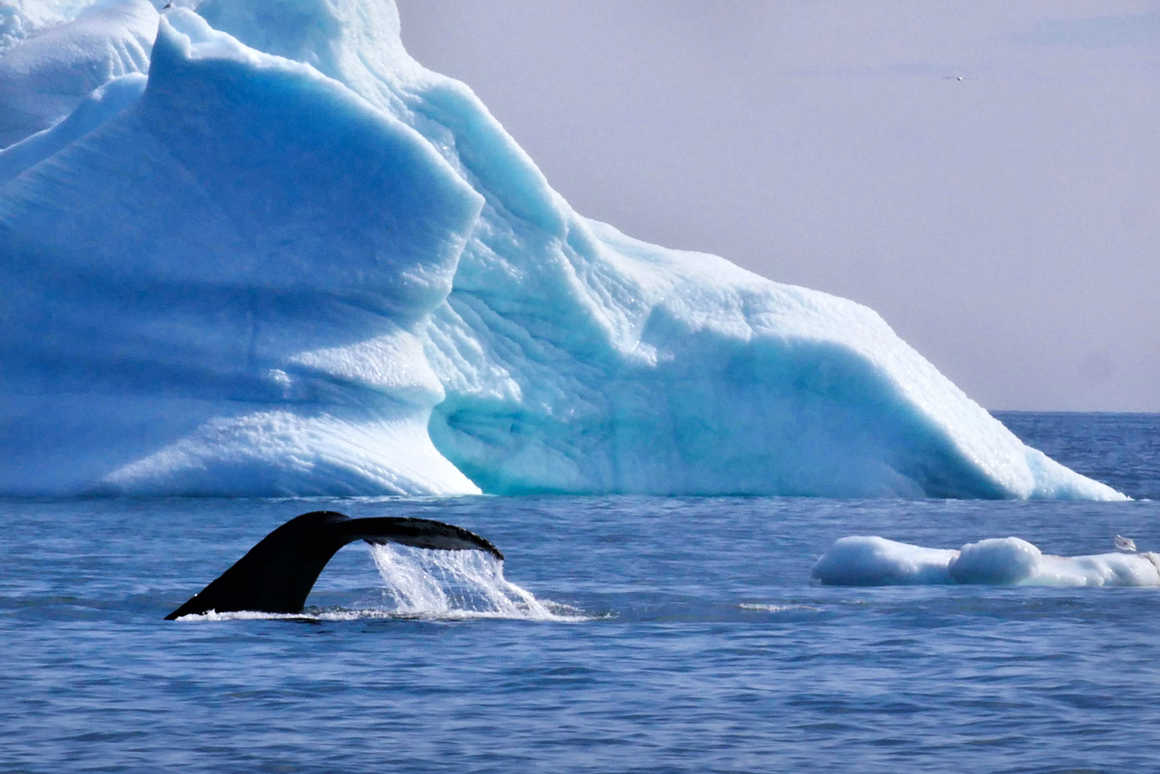
A quick guide to Latitude
Since the poles literally mark the ends of Earth’s latitude lines, it’s worth a quick explanation of what latitude is and how these planetary measurements help us define climate zones, daylight patterns, and the very shape of life on Earth. Don’t worry, we’ll keep this geography lesson brief!
The Earth is encircled by an invisible central equator which is the longest distance around the planet and sits at 0° latitude. The equator splits the world into northern and southern hemispheres and is located halfway between the north and south poles.
Wherever you are along the equator, day and night each last about 12 hours, with very little variation throughout the year.
The concentric circles of latitude that span the earth horizontally north and south get progressively shorter as they get further away from the equator and the balance of daylight and darkness becomes less even.
The extreme latitudes of both the Arctic and Antarctic Circles create dramatic lightscapes that transform the scenery, bringing changes in temperature, weather and conditions. Their unique positions at the top and bottom of the world dictates their diverse environments and makes each such a fascinating place to explore.
Let’s take a closer look at both the Arctic Circle and the Antarctic Circle, where they are, how to visit them, and why you should.
The Arctic Circle
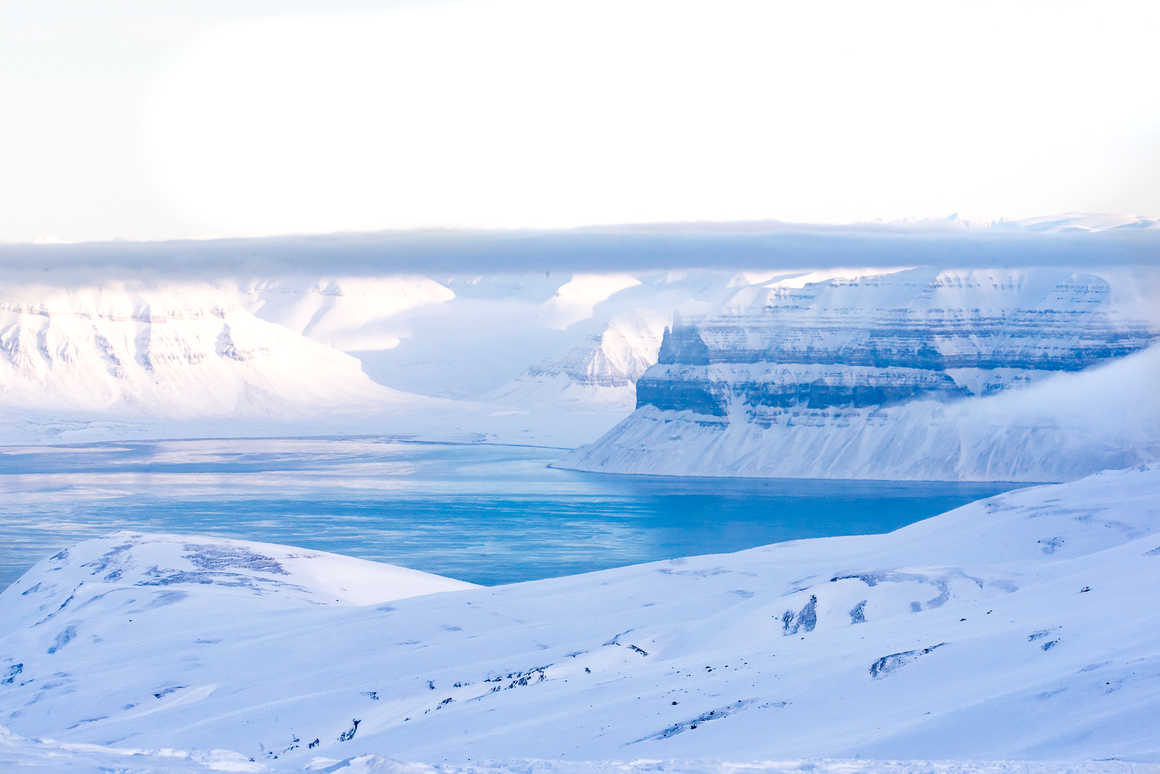
What is the Arctic Circle?
The Arctic Circle marks the beginning of the most northerly region on Earth that encircles the North Pole.
At this invisible boundary, once a year, the sun stays below the horizon for almost two months, which is known as the polar night. Once a year, the sun also remains above the horizon for several months – a phenomenon we know as the midnight sun.
Where is the Arctic Circle?
The Arctic Circle has a latitude of approximately 66°33′ north.
Interestingly, this latitude is not fixed and drifts by around 15m per year northwards as the axial tilt of Earth fluctuates according to the tidal patterns dictated by the moon’s orbit! It is uncertain whether this revert at some point in the future. Some scientists believe the poles may even end up in the opposite position to those they’re in now!
If you look at a map of the Arctic Circle, you’ll see that Iceland sits at the Atlantic edge of this invisible boundary which also spans the northernmost parts of North America, Europe and Asia.
Which countries are in the Arctic Circle?
No single country lies completely within the Arctic Circle, but this invisible line weaves across eight northern regions that fall within the borders of Russia, Canada, the United States (Alaska), Denmark (Greenland), Norway, Sweden, Finland and very marginally, Iceland.
Greenland, which belongs to the Kingdom of Denmark, is almost entirely within the Arctic Circle. The archipelago of Svalbard, the most northerly inhabited place on Earth, is located more north than any other region.
Which country is called the ‘land of the midnight sun’?
Norway is known as the ‘land of the midnight sun’. Its northernmost regions experience 24 hours of daylight during the summer months. Norway is not the only place to experience this phenomenon though.
You can experience the midnight sun in Greenland, Iceland, Sweden, Finland, Alaska and Canada too. The closer you are to the North Pole, the longer the midnight sun and polar night. So there are more months of midnight sun and therefore longer opportunities to visit during this time in northern Norway than there are in Iceland, for example.
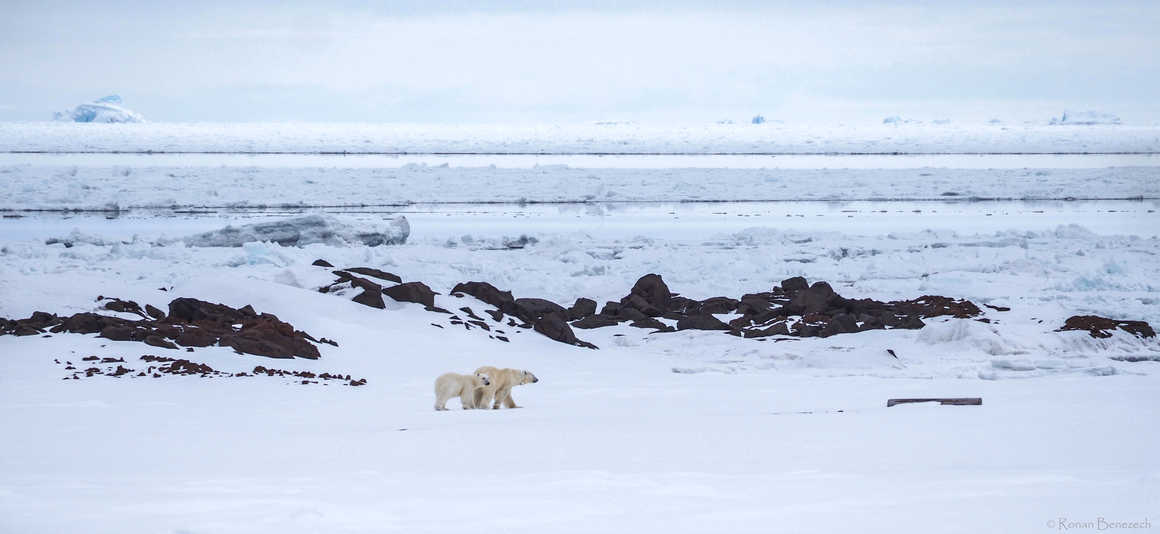
What to see in the Arctic Circle
Depending on where you go, there are opportunities to see all kinds of awesome stuff in the Arctic Circle, including those mentioned above. You can visit from northern Alaska, the archipelago islands off Canada, and even from northern Russia.
North America
Depending on where you go, there are opportunities to see all kinds of awesome stuff in the Arctic Circle, including those mentioned above. You can visit from northern Alaska, the archipelago islands off Canada, and even from northern Russia.
In the Canadian Arctic, explore Baffin Island and beyond to meet the indigenous Inuit. Learn about their way of life here, their customs and traditions, and how the Inuit people survive in such extreme conditions.
Europe
We’re particularly fond of Svalbard, a collection of islands belonging to Norway. Home to the island of Spitsbergen, Longyearbyen is the most northerly inhabited place on Earth. Svalbard is famous for its polar bears and as the gateway to the North Pole for polar expeditions. Also here is the Svalbard Global Seed Vault, a collection of the world’s seeds. The vault is protection against loss of crop diversity and a valuable backup in case of environmental disaster.
Find out more about Svalbard, Norway, in our related blog.
Iceland is known as the island of ice and fire, bursting with volcanoes, hot springs, wild swimming spots and icy tundra. However, we think visiting Greenland offers a more authentic off-the-beaten-track experience overall.
There are no roads between towns in Greenland – getting about requires a snowmobile, boat or sled. Settlements are largely isolated from each other and generally located on the outskirts of the Greenland Ice Sheet, the largest mass of ice in the northern hemisphere. Here you’ll find complete solitude, very few people, plenty of arctic wildlife and indigenous people who thrive, despite the conditions they endure.
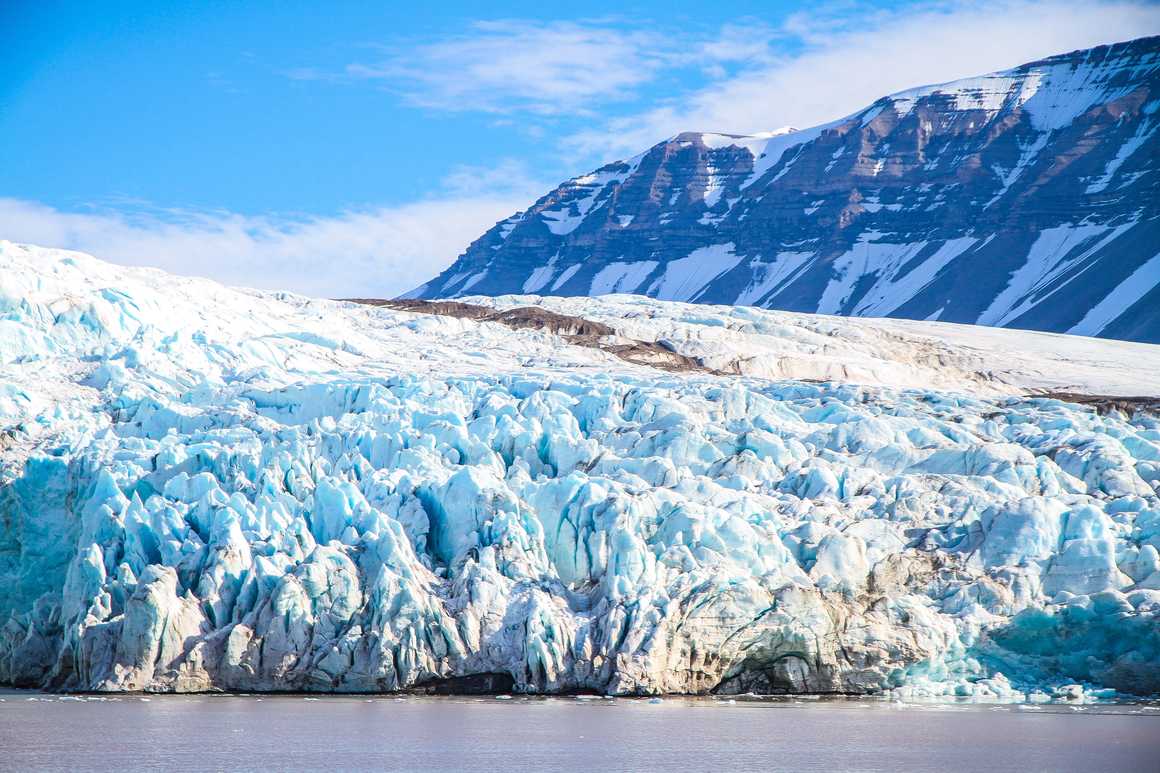
Why visit the Arctic Circle?
Listed below are a few of our favourite highlights. Besides the adventure activities that come as standard – dog sledding, snowshoeing, ice fishing and skiing – visiting the arctic regions lets you experience the edge of the world, a place where relatively few others have been.
- Kayak through glaciers, icebergs and camp on the ice sheet.
- Spot polar bears and other unique wildlife in their natural habitats.
- Watch the aurora borealis dancing above the ice.
- Experience the midnight sun and the long polar night.
- Escape the crowds and go truly off-grid.
Best time to visit the Arctic Circle
In the northern hemisphere, the summer months are June, July and August. In Svalbard, the sun rises in April and can last for around 4 months before it dips below the horizon again. ‘Midnight sun’ refers to the constant daylight, also known as the polar day. It can be hard to acclimatise to but is unreal to witness.
On the flip side, from mid-November to late January, the sun remains below the horizon – known as the polar night. Although the idea of visiting during darkness may seem crazy at first, the Northern Lights, endless starry skies and twilight hours are truly magical.
We’d recommend visiting the Arctic during the spring and summer months for more moderate temperatures, and a trekking and kayaking itinerary based on conditions rather than daylight. It's worth noting that visiting during this time means the chance of seeing the Northern Lights is more limited.
If encountering the Northern Lights is your main priority, consider a wintertime visit and journey as far north as you can for the best chance of witnessing this incredible sight. The temperatures will be much colder and there’s very little daylight, if any, so weigh the costs and benefits carefully before booking your adventure.
Fun Fact - ‘Arctic’ originates from the Greek word for bear, ‘arktos’, referring to the constellations of the Great Bear and Little Bear. If you ever mix up the poles, remember this: the Arctic has polar bears, and the anti-Arctic - the Antarctic - has no bears at all.
How to get here
We recommend flights to Longyearbyen, Norway, for an Arctic exploration of Svalbard, its glaciers and a chance to spot polar bears. If you hanker for slightly milder conditions, visit the Lofoten Islands of Norway which have a more temperate climate but are still within the iconic Arctic Circle.
Flights to Greenland from UK and US airports generally transit through Copenhagen in Denmark, or Reykjavik in Iceland. Which international airport you fly into will depend on whether you’re exploring the east coast of Greenland or the west coast of Greenland. Book well in advance to get the best price and aim to travel during the milder months for a more comfortable adventure.
The Antarctic Circle
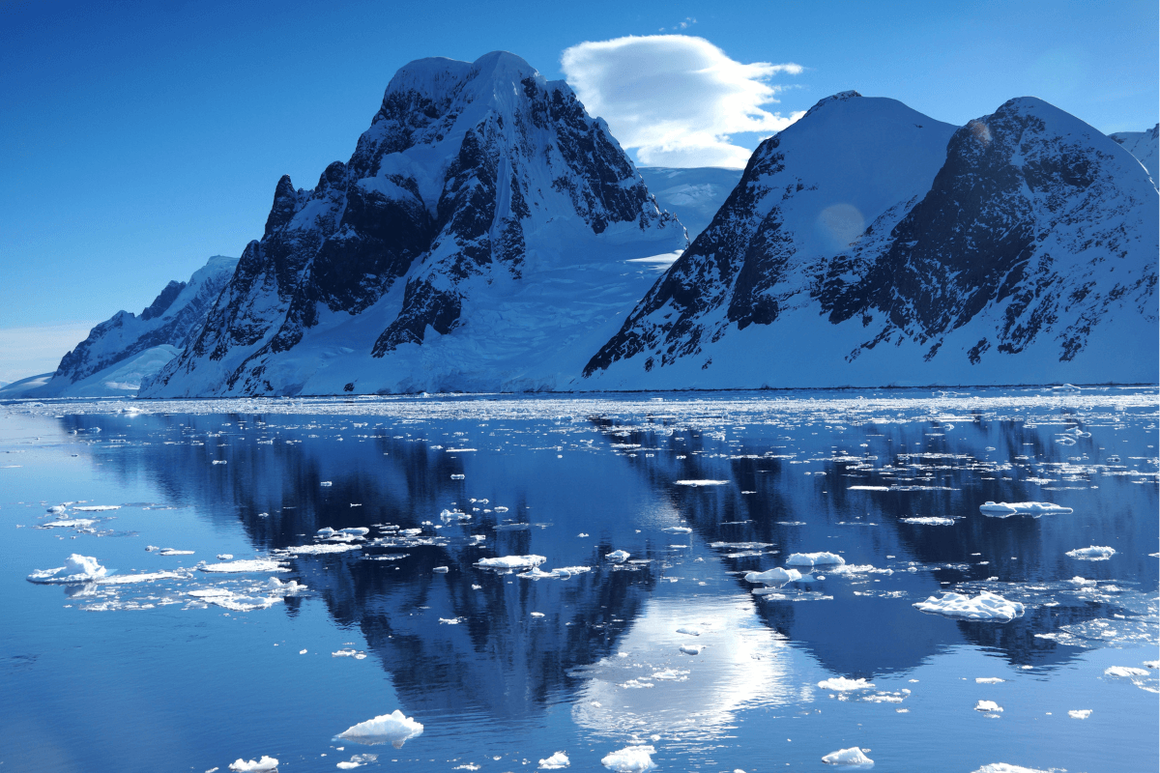
Where is the Antarctic Circle located?
As you may have surmised, the Antarctic Circle is the beginning of the most southerly region on the planet. It has a latitude of 66°33′ south, and like the Arctic Circle, is not fixed due to the Earth’s axial tilt.
How big is the Antarctic?
The Antarctic is an area 5.5 million square miles (14.2 million square kilometres) in total. Almost all of Antarctica is within the Antarctic Circle of latitude.
Do people live in the Antarctic?
Yes and no. There are no permanent settlements within the Antarctic Circle, but there are temporary ones. The Antarctic Treaty of 1959 states that the region will be used for peaceful purposes only, and free scientific research and observations should be available to all. To this end, the majority of people staying here are scientists, researchers and support staff, who are the temporary residents.
There are no indigenous peoples, and no babies have been born within the Antarctic Circle therefore, there are no native Antarcticans.
Are there polar bears in the Antarctic?
No! Polar bears are an Arctic species and live on the sea ice around the Arctic Ocean.
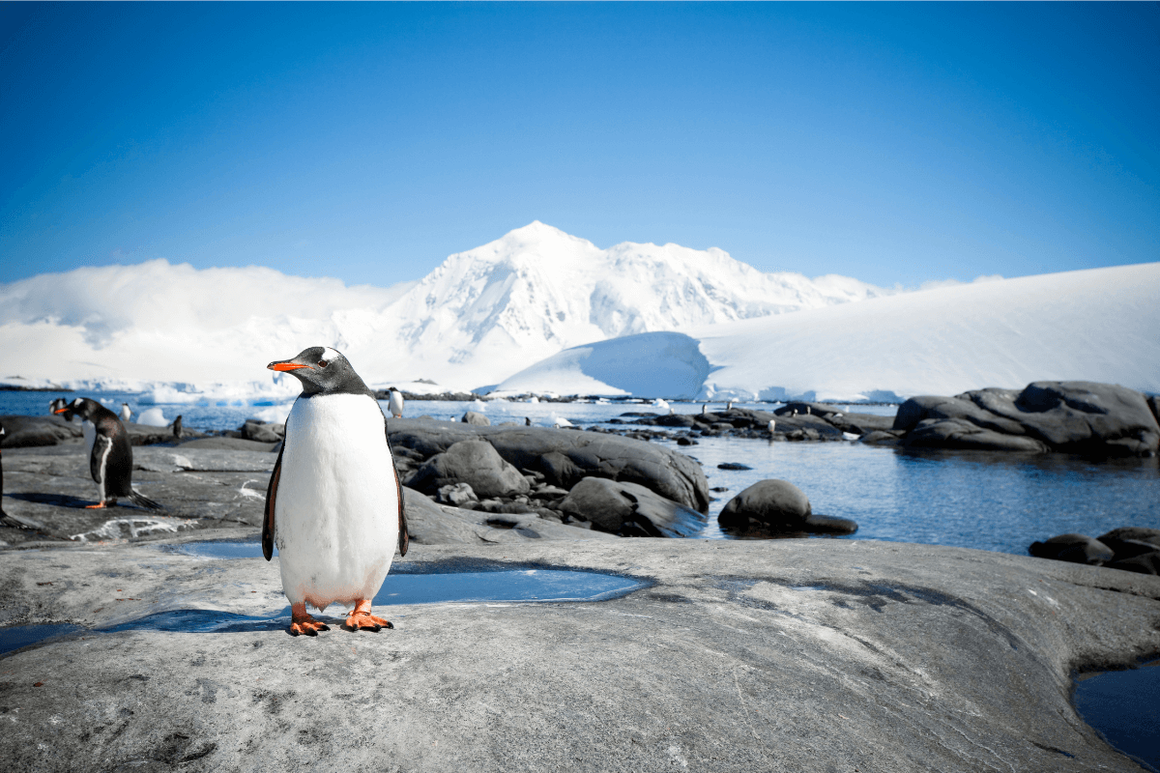
What to see in the Antarctic Circle
Logistically, it’s so much harder to visit the Antarctic Circle than its opposite, as there is no real tourism industry and very little infrastructure. That doesn’t make it impossible but the easiest way to experience this vast region is via an expedition cruise. Accommodation is provided onboard and excursions onto the ice include camping trips and kayaking expeditions.
South America
You can, however, get close to the Antarctic at the tip of South America. Ushuaia in Argentina is known as the ‘end of the world’. This adventure hub is nestled where the Andes Mountains meet the Beagle Channel at Tierra del Fuego. In a stunning region known as Patagonia, which spans the southern parts of Argentina and Chile, Ushuaia is the most southern city in the world.
Renowned as the gateway to Antarctica, from Ushuaia you can journey south by boat to explore islands, penguin colonies, and find icebergs. Towards the north, you can climb volcanoes, trek high peaks and discover high altitude lakes.
Why visit the Antarctic?
1. See penguins everywhere!
2. Visit pristine wilderness.
3. Go whale and seal watching.
4. Learn about scientific exploration and conservation here.
5. Follow in the footsteps of early explorers.
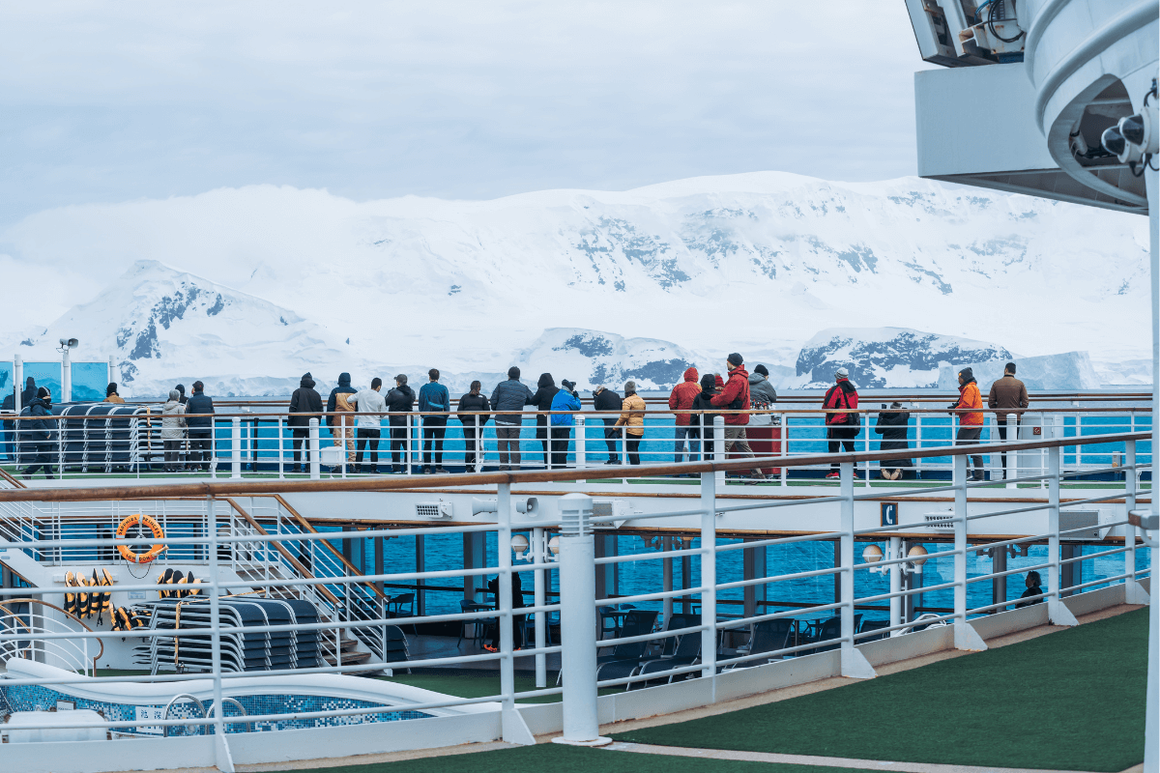
Best time to visit the Antarctic Circle
Similar to the Arctic, the best time to visit the Antarctic is during the long days of the austral summer. During this time temperatures are milder; there is less sea ice and more wildlife to observe.
That said, the availability of expedition providers, what itineraries they offer and when they depart may dictate when you can visit.
How to get here
Flights to Ushuaia arrive at Aeropuerto Internacional Malvinas Argentinas (USH) located 2.5mi, 4km, from Ushuaia city centre. The flight is around 4 hours from Buenos Aires and international travellers can usually connect here with ease.
Allow several days for travel between connections and at least a week in Argentina to explore this fascinating region.
Arctic vs Antarctic
The Earth’s icy poles experience similar conditions and have mirrored features that give a false impression of them being close in nature. Yet they are a world apart, literally!
The tables below summarises the key similarities and differences between the opposite regions. Both regions experience extreme seasonal contrasts, but the Arctic is generally milder because it is an ocean, whereas the Antarctic is much colder, particularly in the continent’s interior.
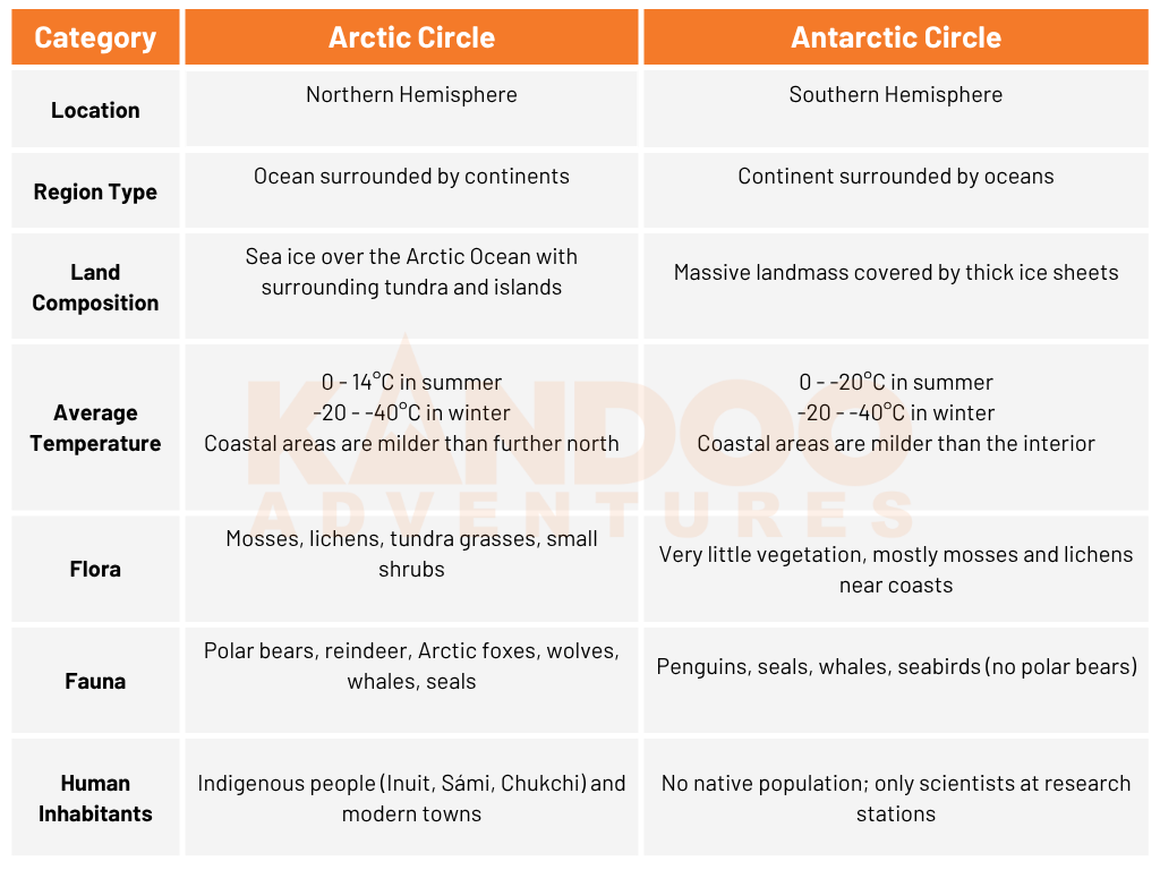
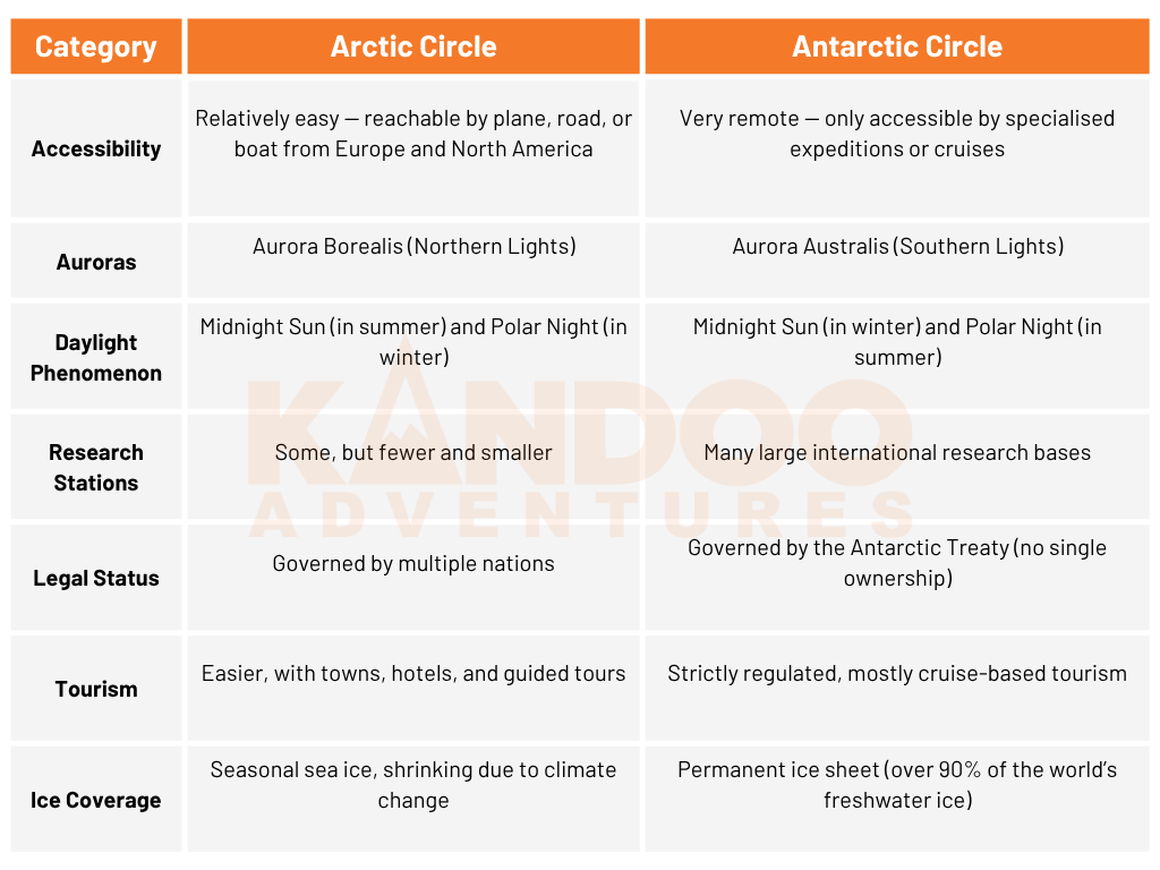
Travelling Responsibly
The age-old saying, ‘awareness brings change’, couldn’t be more relevant when applied to adventure trips and travelling sustainably. Visiting extreme places such as the Arctic and Antarctic Circles breeds an awareness of the delicate geography in polar regions, the effects climate change is having on our planet and why it’s more important than ever to consider our own environmental impact.
Exploring places like the Arctic Circle requires an inevitably slower pace with less carbon emissions through self-powered adventures like trekking and kayaking. Activities like these are uniquely suited to remote regions and highlight how we can visit a destination with minimal impact.
Tourism provides vital income in regions where few other industries are viable. Agriculture, manufacturing, construction and commerce are much harder in remote and isolated areas. A thriving visitor economy fuels conservation initiatives and supports jobs in otherwise inhospitable places. At the same time, visitors witnessing the changing climates here experience awareness and understanding of the tipping point we’re at as a planet. This is more evident in extreme places than anywhere else.
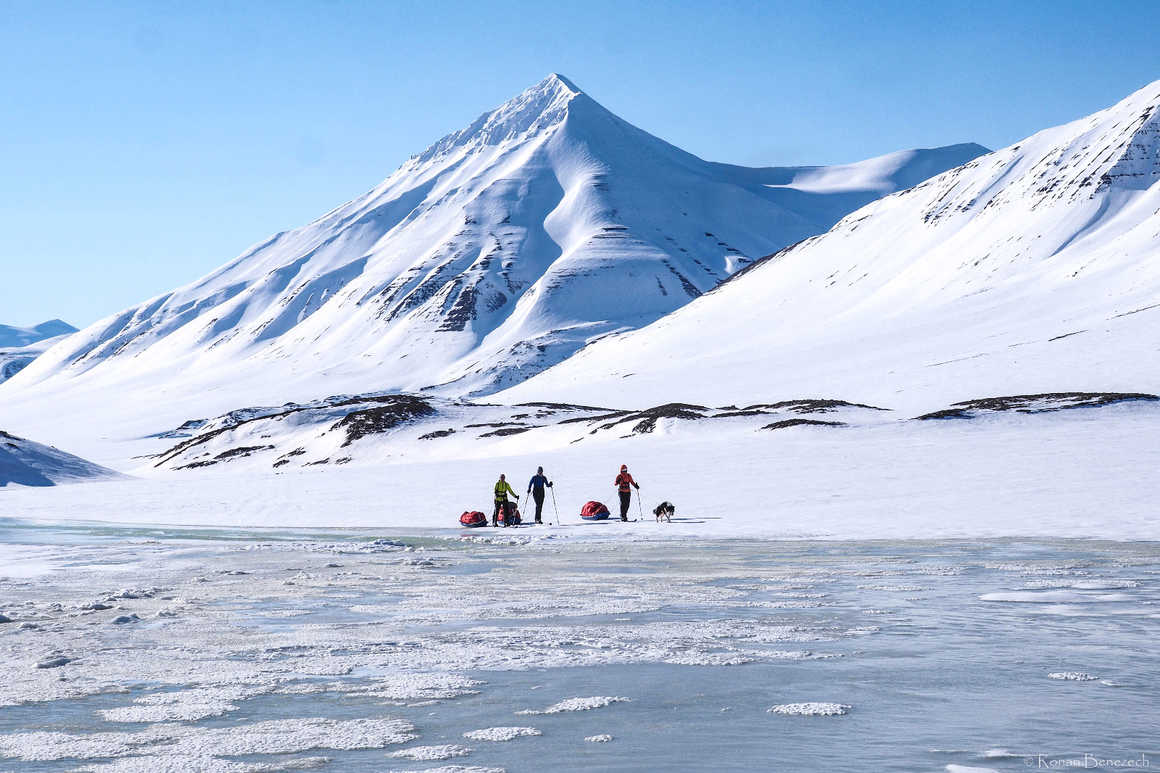
Iconic Adventures with Kandoo
Guess what? You can easily explore the Arctic Circle with Kandoo. We have a choice of Arctic adventures, some trekking, some paddling and some that include both. Whether you’re looking for Arctic adventure tours Norway is famous for, or wilder Svalbard expeditions that journey to ancient glaciers, our Arctic trips are truly authentic and come highly recommended by those who’ve travelled with us.
At the opposite end of the globe, our Ultimate Patagonia adventure trip covers Tierra del Fuego, Ushuaia, the Beagle Channel and various islands along the tip of Argentina before heading north into Chile. While technically this is not Antarctic exploration, it’s as far south as you can get without boarding a cruise ship!
Get in touch with our experienced team at Kandoo HQ to discuss your polar plans or scroll through our Arctic adventures below.
